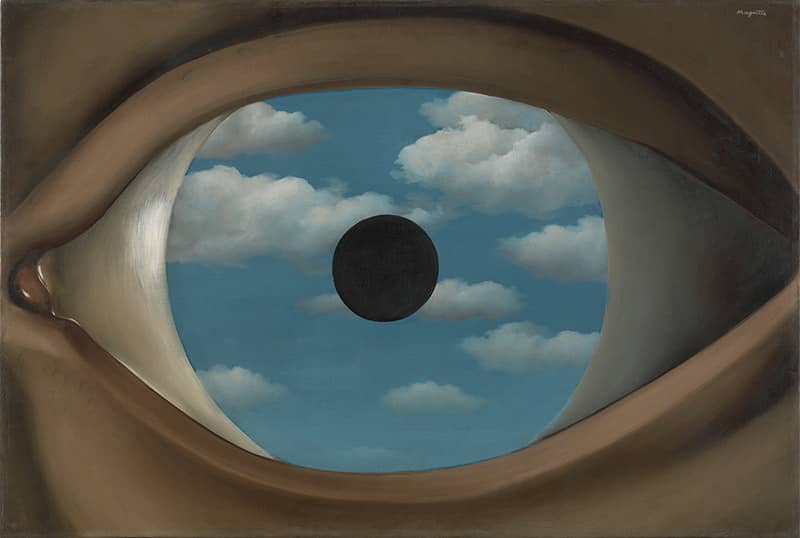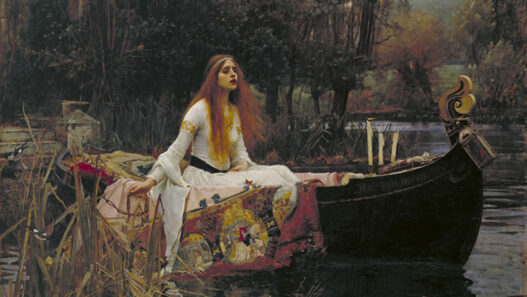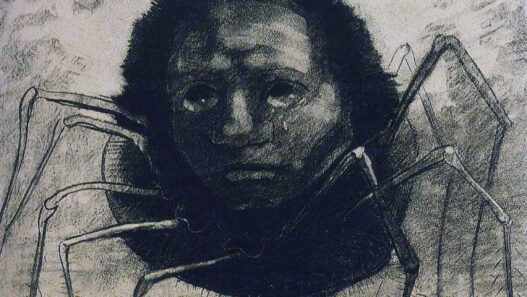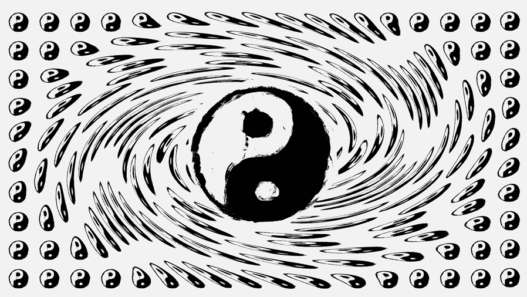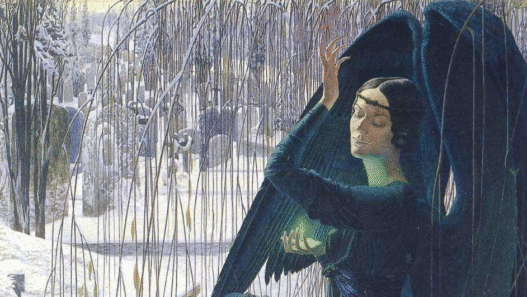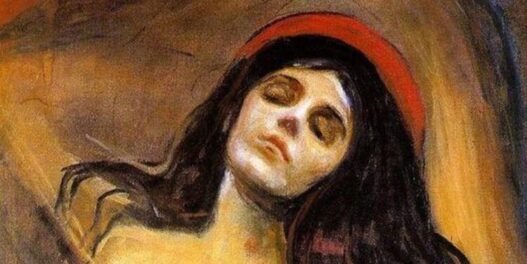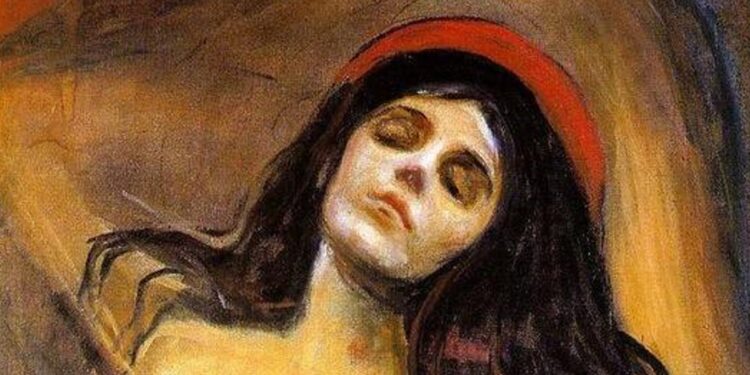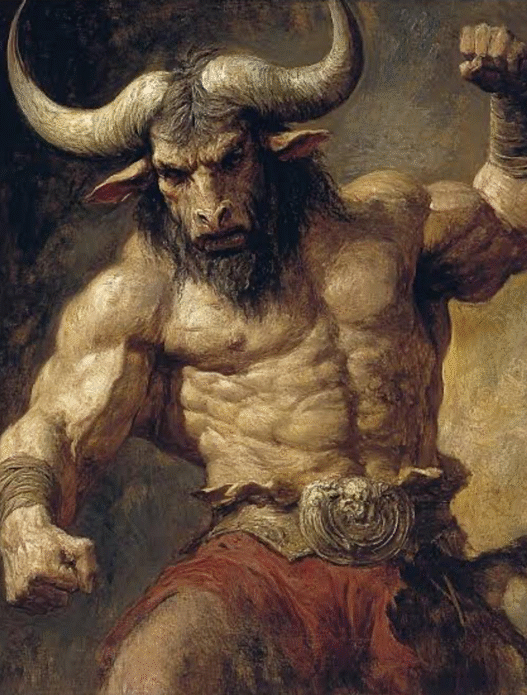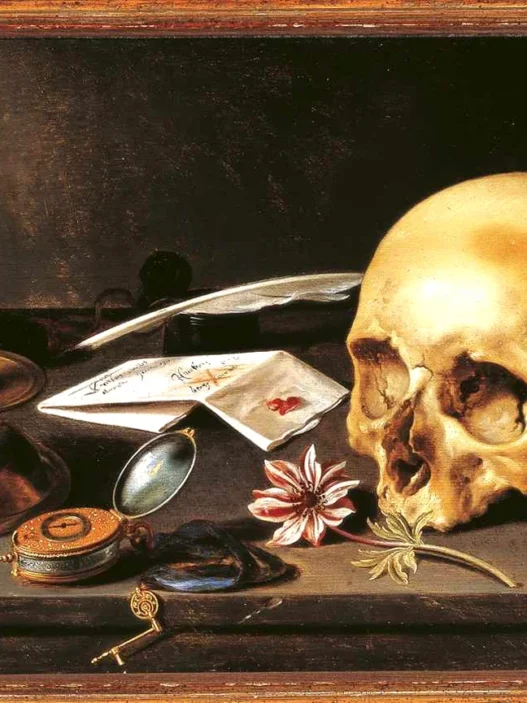I’ve searched for decades for the best art with symbols. Whether you are an artist, collector, or art enthusiast, understanding symbolism in art and its meaning can open new avenues when connecting with art.
In this article, we explore why some of the best art with symbols is revered for centuries, and how modern creators can harness its potential.
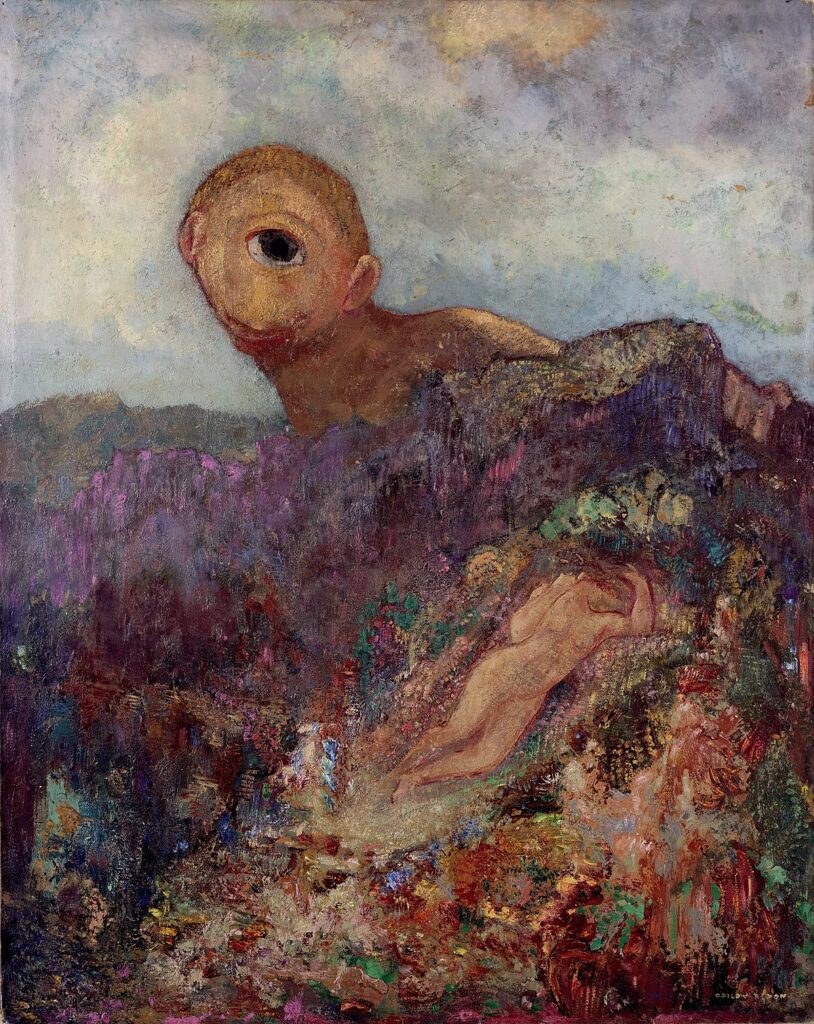
What is Symbolism in Art?
Symbolism in art and its meaning is often connected to the use of imagery, colour, or objects to convey messages beyond their literal sense. It acts as a universal language, enabling artists to express complex ideas, emotions, and themes.
I go into detail with the pioneers of this movement through Odilon Redon’s magical dreamscapes, where inner visions bloom in soft, surreal forms, and Gustave Moreau’s religious marvels, where myth and mysticism merge in opulent, otherworldly scenes. Both artists shaped the Symbolist movement by turning inward, using symbolism not just as decoration, but as a portal to the soul.
By embedding symbols in their work, artists create opportunities for viewers to interpret and connect with the piece on a personal level.
Why is Symbolism Important?
Emotional Resonance: Symbols evoke emotions and allow viewers to connect with art deeply.
Storytelling: Through symbolism, artists can narrate intricate stories and themes without words.
Timelessness: Symbolic art remains relevant across generations due to its universal appeal.
Historical Examples of Symbolism in Art
1. The Renaissance Era
Renaissance artists often used religious and mythological symbols. For instance, the lamb in Christian art symbolises sacrifice and purity, while the laurel wreath represents victory and immortality.
2. Romanticism and the Symbolist Movement
In the 19th century, the Symbolist movement emerged as a reaction against realism. Artists like Gustave Moreau and Odilon Redon used dreamlike imagery and metaphors to explore themes of spirituality, love, and existentialism.
3. Modern and Contemporary Art
Contemporary artists continue to innovate with symbolism, blending traditional motifs with modern themes. For example, Ai Weiwei uses symbols like sunflower seeds to comment on individuality and collective culture in China.
How You Can Use Symbols in Your Art
1. Choose Meaningful Motifs
Consider what themes resonate with you. Are you exploring freedom, resilience, or identity? Select symbols that align with these ideas. For example:
Birds: Freedom, transformation, and perspective.
Water: Renewal, emotion, and adaptability.
Geometric Shapes: Balance, structure, and infinity.
2. Experiment with Colour
Colours hold significant symbolic meaning. Use them intentionally to amplify your message. For instance:
Red: Passion, power, and danger.
Blue: Serenity, introspection, and loyalty.
Yellow: Optimism, energy, and enlightenment.
A great resource for understanding the relationship colour can habve with your subject matter is Colour and Meaning by John Gage.
3. Blend Cultures and Contexts
Incorporate symbols from diverse cultures to create globally resonant art. Ensure you research thoroughly to respect the origins and significance of the symbols you use.
Conclusion
Symbolism is the heartbeat of meaningful art, allowing artists to transcend the boundaries of language and culture.
Take a look at my 5 Best Books for Artists Who Love Symbolism, you’ll gain the insight and tools to enrich your next masterpiece.
This video summarises the story behind symbolism and the lasting impact on todays contemporary artwork.
